Sony Xperia Z2 tablet review
A thin & light 10in Android tablet which is waterproof and has great battery life
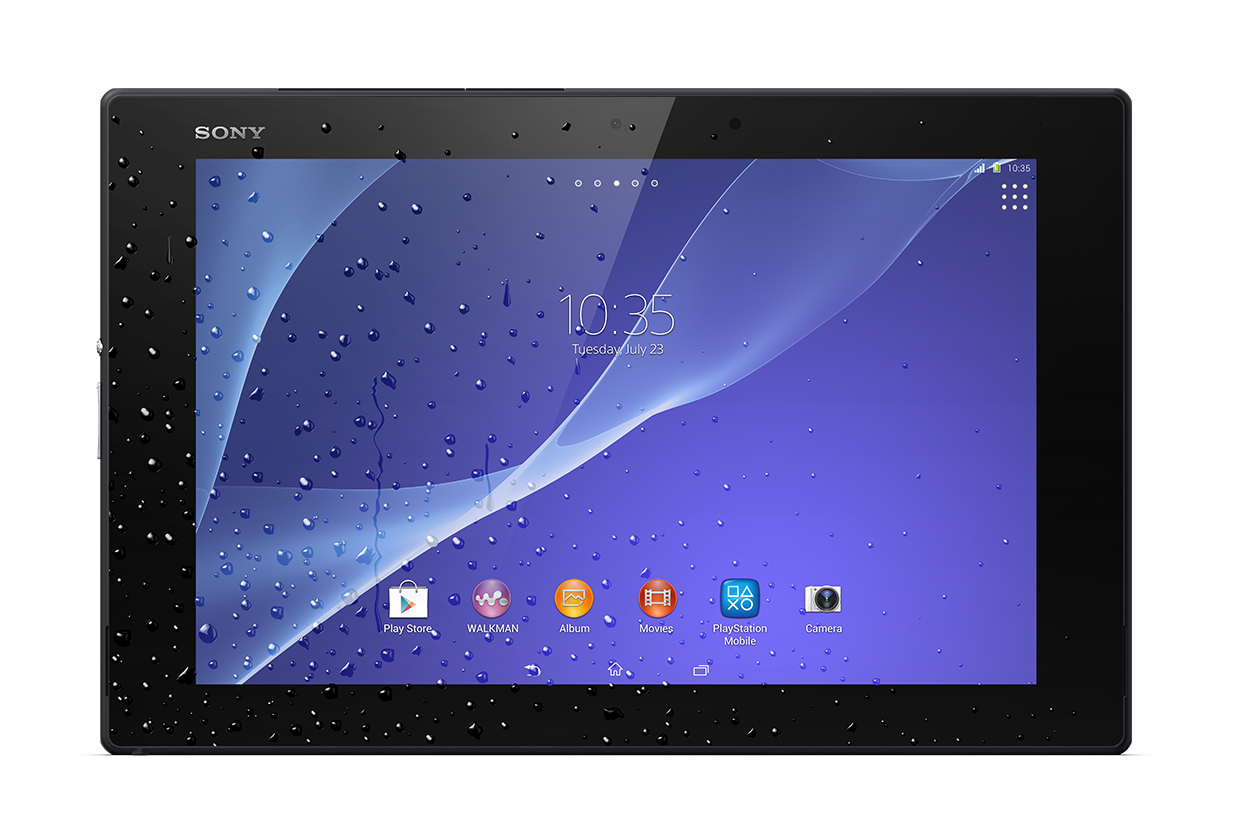
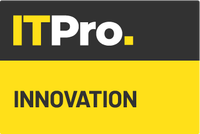
The Xperia Z2 is the best 10in Android tablet we've tested to date. It's lightweight, waterproof, has great battery life and a beautiful screen
-
+
Wafer-thin and light; Large screen; Water-proof; Good battery life
-
-
Hard to use one-handed in portrait mode; Fewer apps optimized for a 10in display
Performance and connectivity
The Xperia Z2 ships with the latest parts. It's powered by a quad-core 2.3GHz Snapdragon 801 chip and is coupled with 3GB of RAM.
The Z2 performs well in everyday use. Switching apps and navigating around work well. High-end performance is swift too. We played the graphically intensive Asphalt 8 without any issues. One downside is its tendency to heat up. The back becomes noticeably warm to touch with continuous usage, but it's not uncomfortable hold.

Wireless connectivity comes in the form of Wi-Fi, DLNA, NFC and Bluetooth 4. If you've got a Sony TV it's also possible to throw content from the tablet to a big screen.
Android KitKat
Sony used Android 4.2.2 KitKat with its custom skin for the Xperia Z2. Sony has keep most of the stock Android features with a minimal amount of tweaking.
The changes it has made add value to Android and increase usability. We like the dedicated area in the Settings app for battery toggles. You can go to one place to turn off data, location, and enable stamina and low-battery mode.
Stamina and low-battery mode are neat. Stamina mode turns off WiFi and data when the screen is off, though you can whitelist apps to still function. It also caps hardware performance.
Low-battery mode automatically activates when the tablet's charge drops below a certain percent. It lowers the brightness, changes the timeout, and toggles auto-sync, Bluetooth, mobile data, GPS, WiFi, haptic feedback and Sony features automatically.
The best part about these two modes? Every change listed can be customised if you want to keep it going.
Another good decision was to bake in support for the DualShock 3 controller, a favourite gamepad for Android gamers. This is a nice touch, especially since the Z2's massive screen makes such a good gaming experience. But again it signals the intent of Sony to target consumers rather than business users.
Sony has bundled in it's own apps, providing access to movies, music and games. However, the Google Play Store is likely to remain your primary source for software content.
Get the ITPro daily newsletter
Sign up today and you will receive a free copy of our Future Focus 2025 report - the leading guidance on AI, cybersecurity and other IT challenges as per 700+ senior executives
-
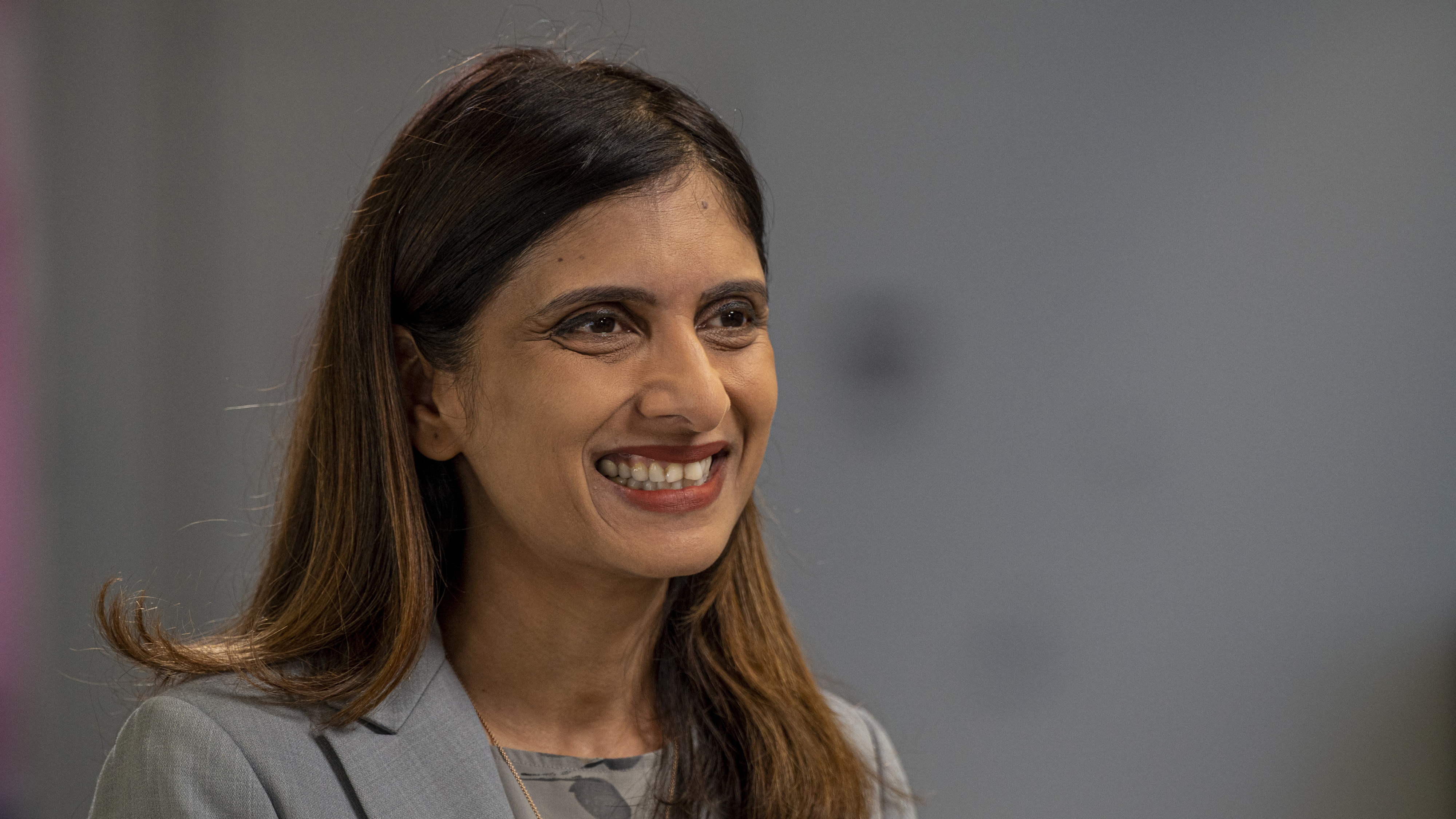 “Governance is an irreplaceable role”: Microsoft Security VP on why diversity and sector expertise will keep security workers relevant in the age of agentic AI
“Governance is an irreplaceable role”: Microsoft Security VP on why diversity and sector expertise will keep security workers relevant in the age of agentic AINews Improved AI skills and a greater focus on ensuring agents are secure at point of deployment will be key for staying ahead of attackers
By Rory Bathgate Published
-
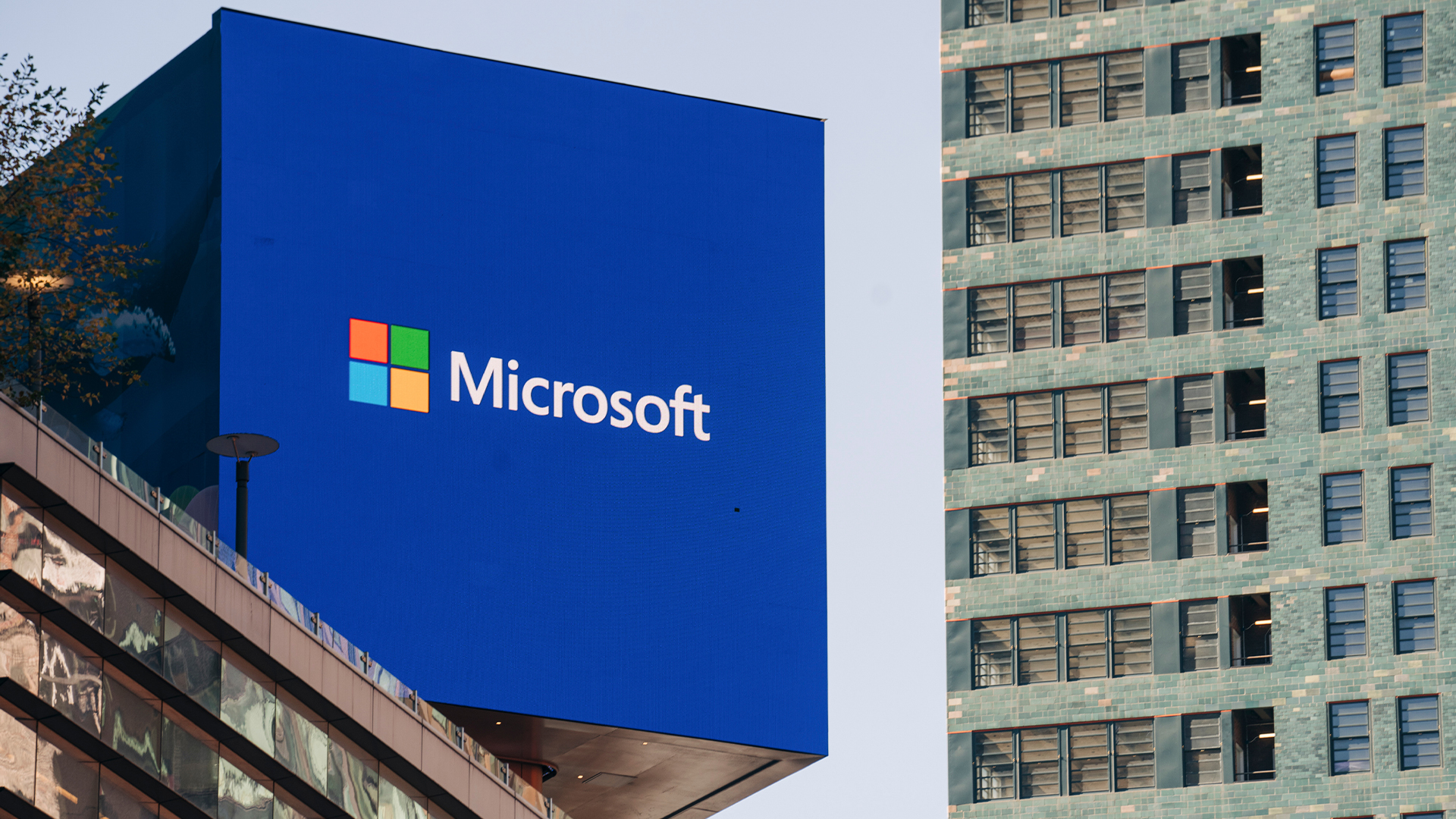 Microsoft: get used to working with AI-powered "digital colleagues"
Microsoft: get used to working with AI-powered "digital colleagues"News Tech giant's report suggests we should get ready to work with AI, revealing future trends for the workplace
By Nicole Kobie Published
-
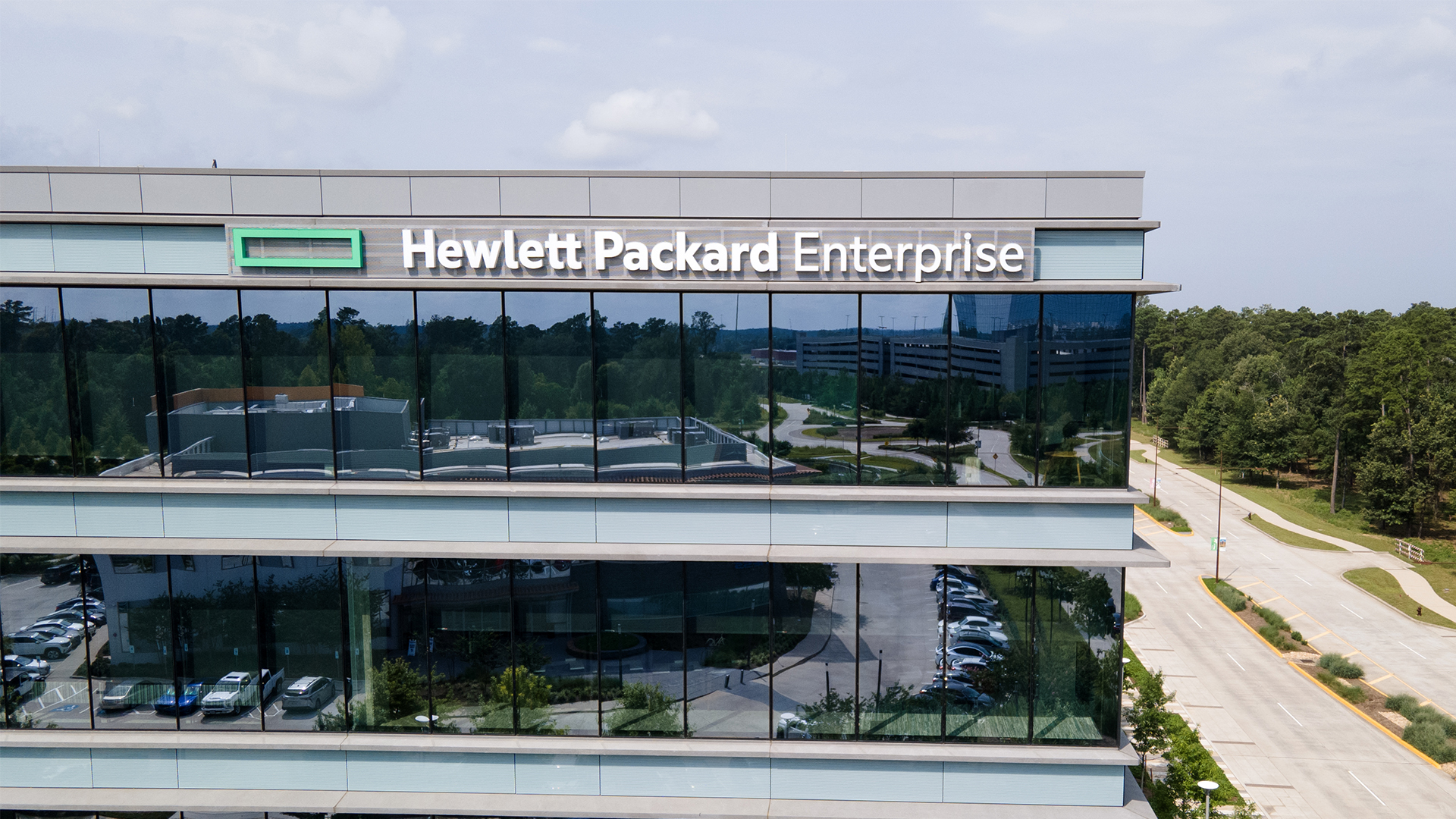 HPE boosts Aruba, GreenLake security
HPE boosts Aruba, GreenLake securityNews Tech giant hopes to help enterprises battle against rise of "sophisticated" cloud threats
By Nicole Kobie Published